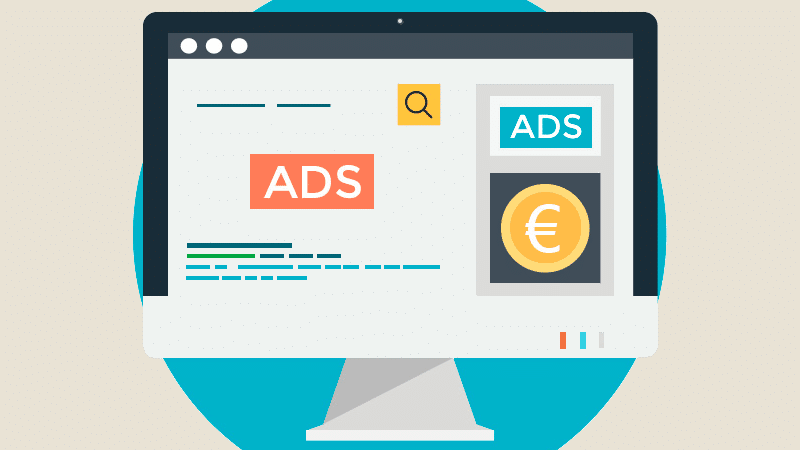What is Website Design and Development?

Introduction
In today's digital world, a website is often the first point of contact between businesses and their customers. But building a website involves more than just choosing a template and adding content. The two fundamental processes involved in creating a website are website design and website development. While these terms are often used interchangeably, they refer to different aspects of website creation. Understanding the difference and the relationship between them is crucial to creating an effective website. In this article, we will explore what website design and development are, their key differences, and why they are both essential to a successful website.
What is Website Design?
Website design is the process of planning and creating the layout, structure, and visual elements of a website. It encompasses everything that users see and interact with on the site, from the color scheme and typography to the overall layout and graphics. Good website design is not just about aesthetics; it's about creating an intuitive and user-friendly experience (UX).
Key Elements of Website Design
Website design is primarily concerned with the visual aspects of a website, which includes:
- Layout: The arrangement of content, images, and elements on a webpage.
- Color Scheme: The choice of colors that align with the brand and purpose.
- Typography: Selecting fonts that are visually appealing and easy to read.
- Images and Graphics: High-quality visuals that support the brand’s message and engage visitors.
- User Experience (UX): The ease with which visitors can navigate the site and find information.
- User Interface (UI): The design of interactive elements, such as buttons, menus, and forms.
Why Website Design Matters
A website’s design plays a major role in the first impression it makes on users. A well-designed website can attract visitors, keep them engaged, and encourage conversions, whether that’s making a purchase, signing up for a newsletter, or simply exploring content. Moreover, as mobile usage increases, responsive design—ensuring that the website functions well on both desktop and mobile devices—is crucial.
What is Website Development?
Website development is the technical side of building and maintaining a website. It involves turning the design into a fully functional website by using programming languages and other technologies. Web development includes both the front-end and back-end processes that ensure the website is interactive, fast, and secure.
Types of Website Development
- Front-End Development: This refers to the elements of the website that users interact with directly. Front-end developers use languages such as HTML, CSS, and JavaScript to build the layout, design, and interactive features of the site.
- Back-End Development: This is the server-side part of website development, where the data is stored and managed. Back-end developers work with programming languages like PHP, Python, Ruby, and databases like MySQL to build the infrastructure that supports the website’s functionality.
- Full-Stack Development: A full-stack developer is proficient in both front-end and back-end development, allowing them to handle all aspects of the website-building process.
Why Website Development Matters
Without proper website development, a website can experience performance issues, security vulnerabilities, or fail to function as intended. A well-developed website is not only fast and secure but also responsive to various devices, ensuring that users have a smooth experience no matter how they access the site.
Key Differences Between Website Design and Development
While website design and website development are closely related, they are distinct processes that serve different purposes.
- Focus: Website design focuses on the visual and functional aspects of the website, whereas website development focuses on the technical functionality and performance.
- Skills Required: Website designers typically work with graphic design software (like Figma or Sketch) and focus on creating visual elements, while developers need programming and coding skills to build the backend and ensure the website runs smoothly.
- Tools Used: Designers use tools such as Adobe XD, Figma, Sketch, and Photoshop, while developers use coding languages like HTML, CSS, JavaScript, and backend tools like PHP and Ruby.
- Outcome: Website design results in visual prototypes and mockups, while website development results in a fully functional and interactive website.
Why Website Design and Development Go Hand-in-Hand
Both website design and website development are crucial in creating a successful website. A beautifully designed website will fail to engage users if it doesn’t function well. Conversely, a technically perfect website will not be effective if it’s difficult for users to navigate or lacks aesthetic appeal. For a website to be truly successful, the design and development must work in harmony.
The Website Design and Development Process
Building a website is a multi-step process that involves both design and development:
- Planning and Research: Understand the website’s purpose, audience, and goals.
- Design Phase: Create wireframes and mockups to visualize the layout and user interface.
- Development Phase: Turn the design into a working website through coding and technical setup.
- Testing and Launch: Ensure the website functions properly, is responsive, and is secure before launching it.
- Maintenance: Regular updates, bug fixes, and optimizations are essential to keep the website running smoothly.
Conclusion
Website design and website development are two sides of the same coin, both equally important for building a website that is visually appealing, functional, and secure. While design focuses on how the website looks and how users interact with it, development ensures that the website works as expected. Whether you’re a business owner, designer, or developer, understanding the relationship between design and development is essential for creating a successful website.




